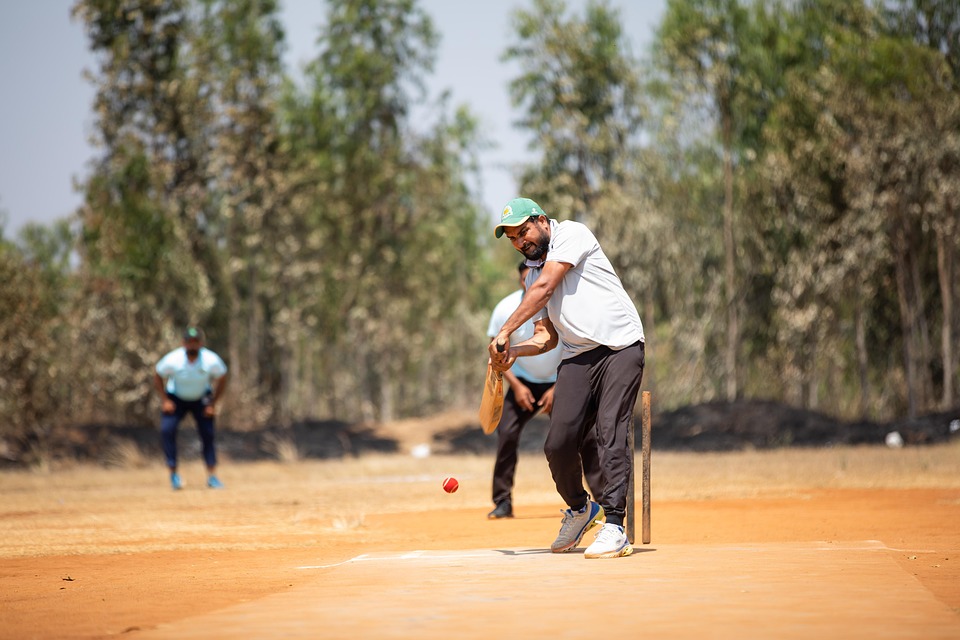Cricket, often referred to as the "gentleman’s game," has undergone a remarkable transformation over the past few decades. No longer confined to just the male domain, women’s cricket has emerged as a formidable force, challenging stereotypes, shattering barriers, and carving out a rich narrative of achievement and empowerment.
The Early Years: Struggling for Recognition
The origins of women’s cricket can be traced back to the 18th century, with the first recorded match taking place in England in 1745. However, it wasn’t until the 20th century that women began to receive formal recognition. The establishment of the Women’s Cricket Association in England in 1926 marked a significant milestone, providing a platform for female cricketers to compete and showcase their talents.
Despite the foundational efforts, early women cricketers faced numerous challenges, including limited access to facilities, financial support, and media coverage. Matches were often played in front of small crowds, and the sport failed to gain traction on a par with men’s cricket. Yet, pioneers such as England’s Rachael Heyhoe-Flint and Australia’s Betty Wilson laid the groundwork, redefining the narrative and igniting a passion for the game among women.
Achievements and Milestones
As the years progressed, women in cricket started making headlines and breaking records. The first Women’s World Cup in 1973, held in England, garnered global attention, paving the way for future tournaments. Australia has dominated the international scene historically, but nations like England, India, and New Zealand began to make their presence felt, creating a competitive landscape.
The advent of T20 cricket in the early 2000s further transformed the world of women’s cricket. The Women’s T20 World Cup debuted in 2009, and with its shorter format, the game became more accessible and engaging for fans and players alike. The rising popularity led to increased investment, sponsorships, and better resources for women’s teams around the world. Notable stars like Meg Lanning, Mithali Raj, and Ellyse Perry emerged, inspiring a new generation of cricketers.
Breaking Stereotypes: Role Models and Advocates
Today, women cricketers are not merely athletes; they are role models and advocates for gender equality in sports. Figures like Shabnim Ismail from South Africa and Harmanpreet Kaur from India have become symbols of empowerment, smashing gender norms and encouraging young girls to pursue their passions unabashedly.
In recent years, initiatives promoting women in sports have gained momentum, with campaigns and foundations supporting young female athletes. Organizations like the ICC (International Cricket Council) have recognized the importance of developing women’s cricket, leading to increased visibility and investment.
Challenges Ahead
Despite the significant strides made, challenges remain. Pay disparities continue to persist, with female cricketers often earning a fraction of their male counterparts. The need for equitable infrastructure, funding, and opportunities is paramount to ensure the sustainability and growth of the women’s game.
Moreover, societal attitudes towards women in sports can still be regressive in certain cultures, limiting participation and access. Addressing these barriers through grassroots initiatives and community engagement is essential for nurturing talent and fostering an inclusive environment.
Looking Forward: The Future of Women’s Cricket
The future of women’s cricket is bright, fueled by a growing base of fans, enhanced visibility, and a commitment to equality. The recent introduction of professional leagues, such as the Women’s Premier League in India, signifies a paradigm shift, offering athletes platforms to showcase their skills and earn competitive salaries.
As we look ahead, the commitment to empowering women in cricket and continuing to break down barriers is essential. The journey is far from over, but the progress made so far is a testament to the resilience, talent, and determination of women in cricket.
In conclusion, women in cricket are not just players; they are changemakers, driving a powerful narrative of progress and empowerment. As more young girls pick up the bat and ball, the possibilities are endless. Women in cricket continue to break barriers and make history, inspiring future generations to dream big and play hard. Through continued support and investment, the vision of a more equitable and inclusive sport is well within reach.



